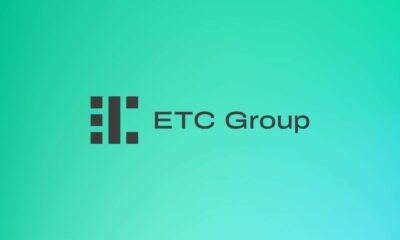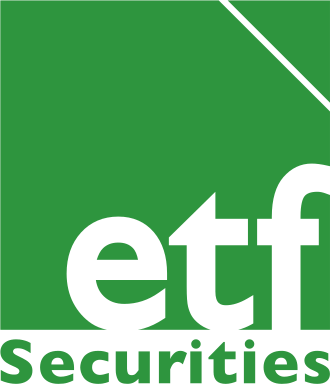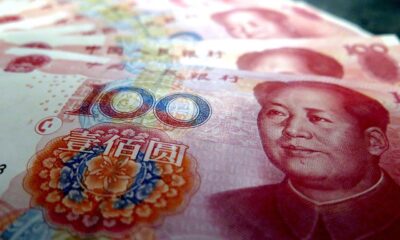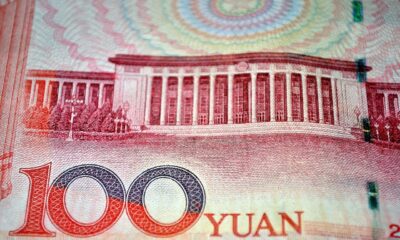Risk of a sharp CNY rebound
Summary
- Trending CNY weakness is not a surprise alongside a softer economic backdrop, central bank stimulus and portfolio outflows.
- Debt concerns are not a global systemic issue, as foreign debt accounts for only 6% of the overall total and has been on a declining trend as of late.
- CNY weakness and portfolio outflows are likely to reverse if Chinese equities are included in key global emerging market benchmarks.
Three benchmarks
The intention of the People’s Bank of China (PBOC), alongside further liberalisation of the currency, is to keep the valuation of the Renminbi ‘basically stable’ against a basket of global currencies. Risk of a sharp CNY rebound
Although the USD is the main currency that the market values the Chinese Renminbi (CNY) against, Chinese policymakers increasingly want to move the focus to a basket of currencies – the method they indicate they set the currency on a daily basis.
Officials state that the currency is allowed to deviate within a +/-2% band on a daily basis from the fixing rate which is partly determined by the closing value of the Renminbi on the prior trading day. Risk of a sharp CNY rebound
(Click to enlarge)
In December 2015, the PBOC introduced the CFETS RMB Exchange Rate Index, to be more a representative valuation of the Chinese currency against its trading and investment partners. China Foreign Exchange Trade System (CFETS) is the foreign exchange markets subsidiary of the PBOC. There are 13 currencies in the CFETS basket, with the weightings largely trade based.
The other baskets that are referenced by Chinese officials are the IMF’s Special Drawing Rights (SDR) basket and the Bank of International Settlements (BIS) basket. The SDR is valued against the US Dollar, the Japanese Yen, the British Pound, the Euro and the Renminbi, while the BIS basket is valued against 40 different currencies. Regardless, the USD is the primary currency, with 26%, 42% and 18% weightings in the CFETS, SDR and BIS baskets respectively.
The recent onshore CNY weakness (against the USD) over the past two months doesn’t appear to be artificially distorted. Indeed, onshore traded Renminbi (CNY) moves in 2016 are in line with offshore traded Renminbi (CNH) movements. The gap between onshore and offshore markets that appeared during H2 2015 after the surprise CNY devaluation has all but disappeared, as the market becomes more comfortable with the more transparent CNY pricing.
No motivation for devaluation
If policymakers are devaluing the CNY the only motivation can be to boost trade. The benefits of currency weakness on trade is well documented. However, as the Chinese currency becomes more market-based, and most developed market central banks follow beggar-thy-neighbour stimulus to weaken local currencies, the gains to trade are likely be limited. Additionally with China sitting in the middle of many supply chains, the finished output to be exported could be more competitive as the currency depreciates. However, imported inputs to manufacturing would also be more expensive, limiting any strong benefits to devaluation from a trade perspective as well.
With so much focus and concern around China’s debt problems, the authorities are unlikely to want to exacerbate the problem by depreciating the currency, which would make the value of foreign debts larger in local currency terms. The fears are maybe overblown given that only 6% of China’s debts are denominated in foreign currency and are declining. However, given the nebulous benefits to trade from devaluation, increasing credit risks associated with devaluation (even though is small) does not appear worthwhile.
(Click to enlarge)
There seems little motivation for policymakers to artificially weaken the Renminbi in the current environment.
Steady decline in FX reserves
(Click to enlarge)
Currency weakness isn’t surprising for a country whose pace of growth is slowing, with a central bank in the process of cutting both the repo rate and the reserve requirement rate (RRR), and a government injecting other forms of stimulus. Calls for a stronger currency by foreign politicians are misplaced in such an environment.
Although the currency is officially managed against three benchmarks, the PBOC analyses its FX reserves in USD mainly. However, it has recently begun publishing foreign exchange reserves with the IMF’s SDR as the unit of account.
The PBOC is not actively devaluing the renminbi. Foreign exchange reserves are actually declining, a trend that could not occur if the PBOC were intervening in currency markets to devalue the local currency. Moreover, FX reserves have been in steady decline since mid 2014, after peaking at around US$4tn.
The recent weakness in the Renminbi has contributed to the trend decline in the outstanding level of foreign currency loans. If a loan is not hedged, a sustained decrease in the currency will lead to a greater debt burden. FX loans are likely to continue downward as the level of positive carry is expected to decline due to US rates increasing in coming years.
(Click to enlarge)
June 14 deadline.
In addition to foreign debt, portfolio investment is critical to the direction of the CNY. Capital flows are likely to increasingly be a directional driver of the Chinese currency in the years ahead as liberalisation of the Renminbi gathers pace. Further currency weakness seems likely in the near term on this basis. Investment funds flowing out of China in Q1 2016, amounted to US$40.1bn, a 55% jump on a year earlier, according to the PBOC. In April, US$25bn of portfolio was withdrawn from Chinese assets, the 25th consecutive monthly outflows, according to the Institute of International Finance. Portfolio outflows can intensify as the decline in the CNY will have an adverse impact on foreign portfolio returns.
Nonetheless, the negative flows could abate quite quickly and even reverse in coming months. MSCI are expected to decide on June 14 whether to include Chinese A shares in its MSCI China Index (and consequently MSCI Emerging Markets Index). This is likely to prompt a lift of the CNY in the near-term as investment funds are redirected towards the country.
Liberalisation and beyond
Greater currency liberalisation is likely in the future, not only because of the greater scrutiny from the IMF (with the Renminbi now being in the SDR basket) but also as China seeks to gain greater interest in global commodity pricing dynamics. Currency transparency and flexibility are necessary to lure trading away from developed commodity trading platforms and encourage greater foreign participation on Chinese commodity exchanges. Although CNY weakness is warranted from an economic and portfolio flows perspective, the June 14 announcement of a potential inclusion of Chinese equities in key MSCI EM benchmarks could see recent CNY trends reversed. A greater degree of CNY volatility can also be expected alongside further liberalisation and transparency.
Important Information
General
This communication has been issued and approved for the purpose of section 21 of the Financial Services and Markets Act 2000 by ETF Securities (UK) Limited (“ETFS UK”) which is authorised and regulated by the United Kingdom Financial Conduct Authority (the “FCA”). The information contained in this communication is for your general information only and is neither an offer for sale nor a solicitation of an offer to buy securities.
This communication should not be used as the basis for any investment decision. Historical performance is not an indication of future performance and any investments may go down in value.

 Nyheter1 vecka sedan
Nyheter1 vecka sedan
 Nyheter4 veckor sedan
Nyheter4 veckor sedan
 Nyheter2 veckor sedan
Nyheter2 veckor sedan
 Nyheter3 veckor sedan
Nyheter3 veckor sedan
 Nyheter2 veckor sedan
Nyheter2 veckor sedan
 Nyheter3 veckor sedan
Nyheter3 veckor sedan
 Nyheter3 veckor sedan
Nyheter3 veckor sedan
 Nyheter4 veckor sedan
Nyheter4 veckor sedan



























